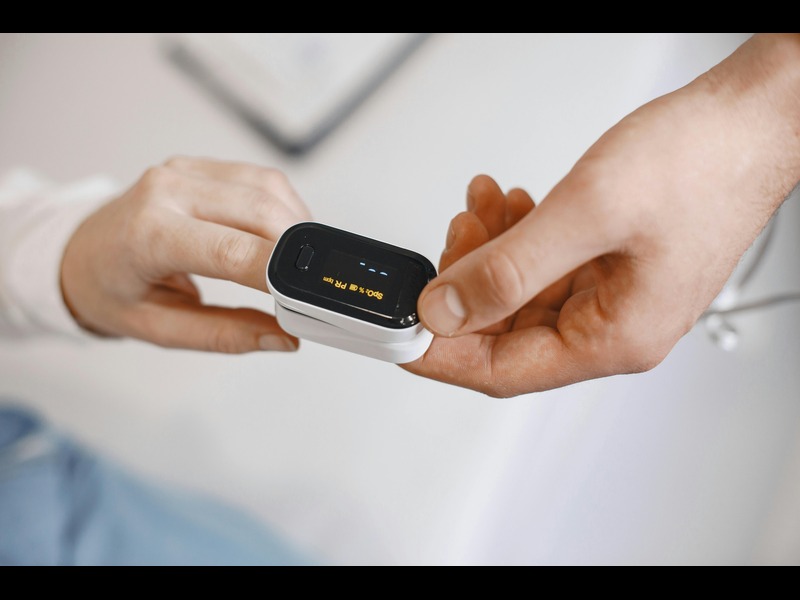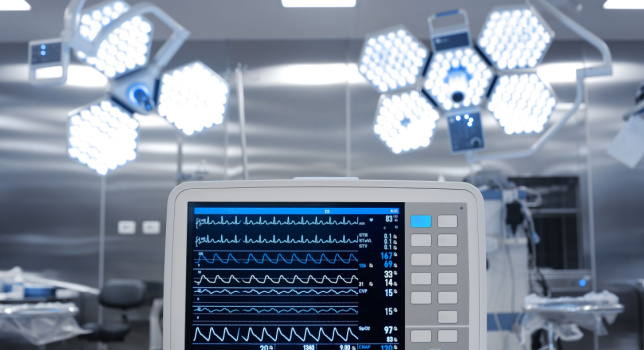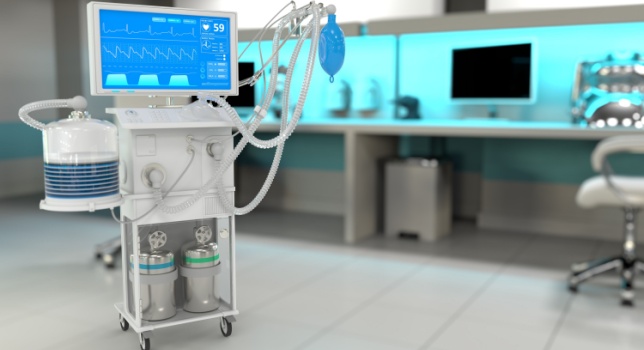In the highly regulated world of medical device manufacturing, quality isn't just a bonus—it's a necessity. Medical devices have a direct impact on patient health and safety. A single defect can lead to severe consequences. This is why an ISO 13485 quality management system (QMS) is paramount for manufacturers and quality management teams. This blog post explores why ISO 13485 QMS is essential, its benefits, and how to implement it effectively.
What is ISO 13485?
ISO 13485 is an international standard that outlines the requirements for a quality management system specific to the medical devices industry. It's designed to ensure that medical devices consistently meet customer and regulatory requirements. This standard is not just about meeting regulatory compliance; it's about making continuous improvements that ensure product safety and efficacy.
Adopting an ISO 13485 QMS involves rigorous documentation, process control, and regular audits. It creates a framework for maintaining high-quality standards throughout the product lifecycle, from design and development to production and post-market activities. Understanding and implementing this standard is crucial for anyone involved in the medical device industry.
The Relevance of an ISO 13485 QMS for Medical Device Manufacturers
ISO 13485 provides a foundation upon which medical device companies can build their quality management systems. It’s not just a regulatory requirement but a commitment to quality, safety, and performance. The standard helps companies mitigate risks and enhance their products' reliability.
For medical device manufacturers, adhering to the ISO 13485 standard means having a systematic approach to process management. This includes everything from supplier quality to customer feedback. The standard ensures that every aspect of the manufacturing process is controlled and optimized to maintain high quality.
Benefits of Implementing an ISO 13485 QMS
Implementing ISO 13485 offers multiple benefits. Firstly, it enhances product quality and safety, which is crucial in healthcare. Secondly, it opens doors to international markets by meeting global regulatory requirements. Lastly, it improves operational efficiency, reducing costs and increasing customer satisfaction.
An ISO 13485 QMS also fosters a culture of continuous improvement within the organization. It encourages regular reviews and updates to processes, ensuring that they remain effective and efficient. By adopting this standard, medical device manufacturers can demonstrate their commitment to quality and safety.
Improving Regulatory Compliance
One of the most significant advantages of an ISO 13485 QMS is its alignment with global regulatory requirements. Compliance with this standard ensures that your products meet the stringent regulations of various markets, including the FDA in the United States and the MDR in Europe.
Regulatory bodies often require medical device manufacturers to have an ISO 13485 certification to market their products. This certification acts as a passport, allowing companies to expand their reach and enter new markets with confidence. It also reduces the risk of product recalls and legal issues, protecting both the company and its customers.
Enhancing Product Quality and Safety
ISO 13485 emphasizes quality and safety at every stage of the product lifecycle. From design and development to production and post-market surveillance, every process is scrutinized to ensure optimal performance. This focus on quality minimizes the risk of defects and enhances patient safety.
By implementing robust quality control measures, manufacturers can detect and address issues early in the production process. This proactive approach reduces the likelihood of costly recalls and damage to the company's reputation. It also instills confidence in customers, knowing that they are using reliable and safe medical devices.
Streamlining Operations
An ISO 13485 QMS streamlines operations by standardizing processes and improving efficiency. It provides a clear framework for managing resources, reducing waste, and optimizing production. This leads to cost savings and faster time-to-market for new products.
Standardized processes also make it easier to train new employees and maintain consistency across the organization. This uniformity ensures that everyone is working towards the same quality objectives, enhancing collaboration and productivity. It also simplifies audits and inspections, making it easier to demonstrate compliance with regulatory requirements.
Facilitating Continuous Improvement
ISO 13485 promotes a culture of continuous improvement, encouraging organizations to regularly review and enhance their processes. This ongoing commitment to quality ensures that products remain safe and effective, even as technologies and market demands evolve.
Continuous improvement involves identifying and addressing areas for enhancement, whether it's through process optimization, employee training, or product innovation. By fostering a proactive approach to quality management, an ISO 13485 QMS helps organizations stay ahead of the competition and meet the changing needs of their customers.
Building Customer Trust
Certifying your ISO 13485 QMS demonstrates a commitment to quality and safety, building trust with customers and stakeholders. It shows that the organization is dedicated to producing reliable and effective medical devices, which is crucial in the healthcare industry.
Customer trust is a valuable asset, especially in the medical device industry where product performance can have a direct impact on patient health. By maintaining high standards of quality and safety, organizations can enhance their reputation and build long-term relationships with customers.
Effective Risk Management
Risk management is a core component of a strong ISO 13485 QMS. The standard requires organizations to identify, evaluate, and mitigate risks throughout the product lifecycle. This proactive approach to risk management minimizes the likelihood of adverse events and enhances product safety.
Effective risk management involves thorough analysis and monitoring of potential hazards, as well as implementing corrective and preventive actions. By systematically addressing risks, organizations can improve product reliability and reduce the chances of costly recalls and regulatory issues.
Simplifying Supplier Management
Managing suppliers is a critical aspect of medical device manufacturing. ISO 13485 provides a framework for evaluating and monitoring suppliers to ensure they meet quality and regulatory requirements. This helps organizations maintain control over the entire supply chain and ensures consistent product quality.
Supplier management involves regular audits, performance reviews, and clear communication of quality expectations. By establishing strong relationships with reliable suppliers, organizations can reduce the risk of supply chain disruptions and maintain a steady flow of high-quality materials.
Improving Documentation and Traceability
An good ISO 13485 QMS emphasizes the importance of documentation and traceability. Organizations must maintain detailed records of their processes, procedures, and product history. This documentation ensures transparency and accountability, making it easier to trace and address any issues that arise.
Effective documentation also simplifies audits and inspections, providing clear evidence of compliance with regulatory requirements. It helps organizations maintain control over their processes and ensures that any deviations are promptly identified and corrected.
Enhancing Employee Training and Competence
A well-implemented ISO 13485 QMS includes comprehensive training programs to ensure that employees are knowledgeable and competent in their roles. This focus on training enhances employee performance and contributes to overall product quality and safety.
Training programs should cover all aspects of the quality management system, from process controls to regulatory requirements. By providing employees with the necessary skills and knowledge, organizations can maintain high standards of quality and ensure compliance with industry regulations.
Achieving Competitive Advantage
In a competitive market, having a strong ISO 13485 QMS can set your organization apart. It demonstrates a commitment to quality and regulatory compliance, which can be a significant differentiator. This certification can enhance your reputation, attract more customers, and open up new business opportunities.
Competitive advantage is not just about having superior products; it's also about demonstrating a commitment to excellence. An ISO 13485 certification can help organizations build a strong brand identity and position themselves as leaders in the medical device industry.
Conclusion
In the medical device industry, quality and safety are paramount. Implementing an ISO 13485 quality management system is not just a regulatory requirement; it's a commitment to excellence. From enhancing product quality and safety to streamlining operations and building customer trust, the benefits of ISO 13485 are clear.
Medical device manufacturers and quality management teams must prioritize the implementation and maintenance of an ISO 13485 QMS. By doing so, they can elevate their standards, improve their products, and achieve a competitive advantage in the market.
Ready to take the next step in your quality management journey? Request a quote, today! Or explore our resources to learn more.





